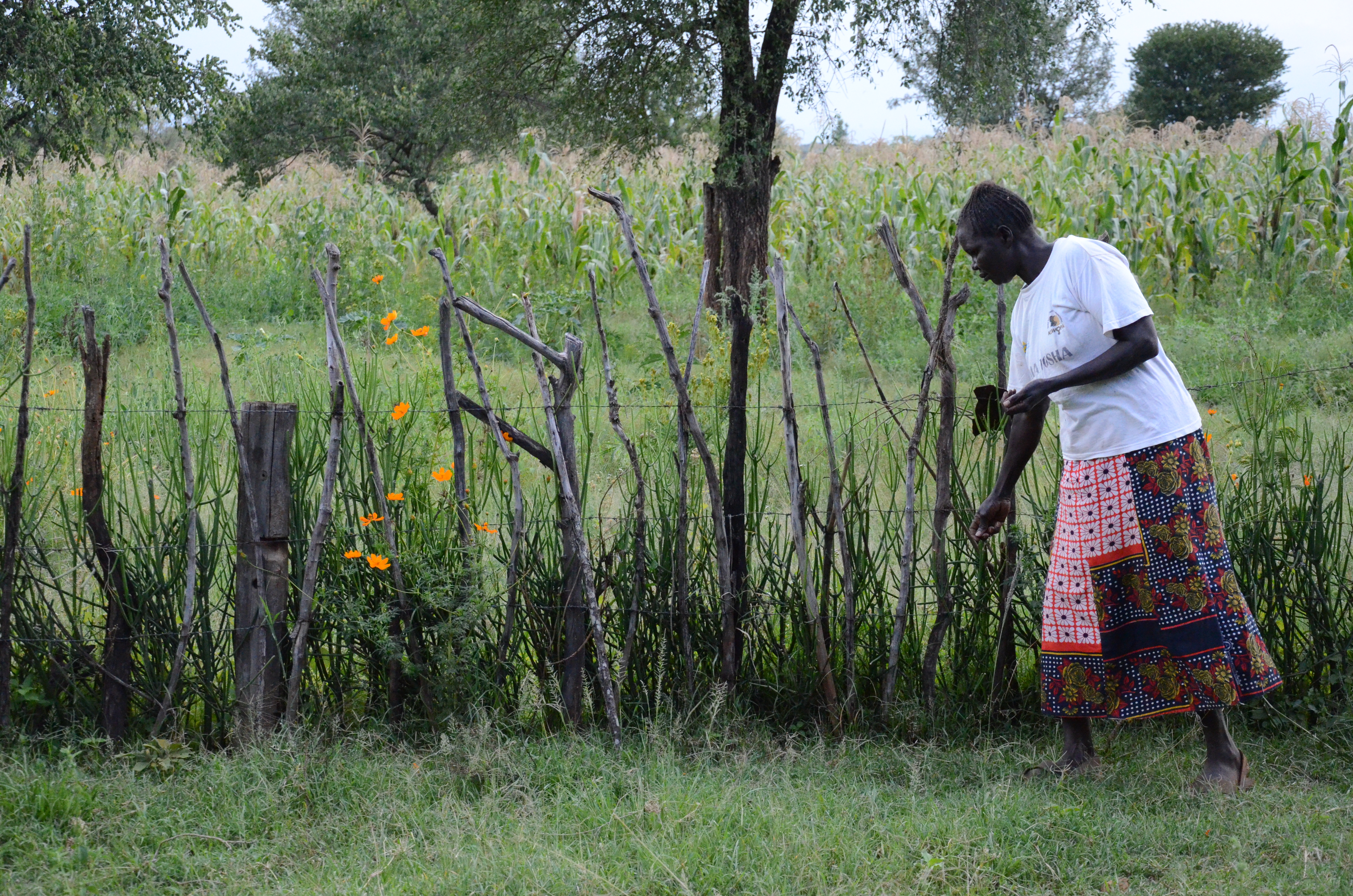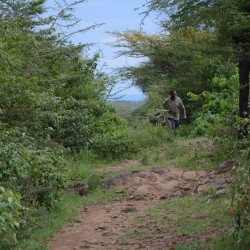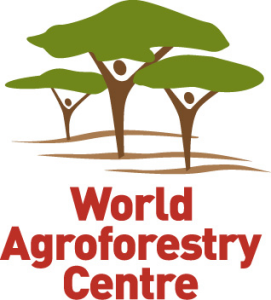
On a mission in the Mogotio ADP: Spreading the word about FMNR
February 29, 2016
This is the second in a two-part series focusing on the implementation and results of Farmer Managed Natural Regeneration in World Vision’s Mogotio Area Development Program (ADP), in Kenya. You can read more about the ‘FMNR for East Africa’ program here
By John Schenk – World Vision International
There is excitement in World Vision’s Mogotio Area Development Program (ADP). The lives of farmers and their families are changing for the better, and the word is spreading about how Farmer Managed Natural Regeneration (FMNR) has brought new hope to communities in Kenya.
The Mogotio ADP is located in Kenya’s Baringo County, which is classified as arid and semi arid Lands. Dozens of volunteer Farm Extension Agents (FEA’s) who are appointed by their communities, are sharing the message about the efficacy of FMNR across the ADP.
The FEA appointment process began when World Vision trained government administrators in eight locations. These “chiefs” then convened “barazas” or meetings involving members of communities and county officials associated with environment and agriculture. Each village was charged with selecting a member to be trained as an FEA, resulting in 49 initial appointments, and more villages were inspired to consider nominating agents.

After many years of pasture shortages during dry seasons, farmers in World Vision’s Mogotio ADP are seeing their pastures flourish. This results in better income for families and increased capacity to meet costs such as school fees.
Nancy is among the FEA’s appointed by her community. She and her husband have five children, and since implementing FMNR they have watched their pastures become verdant. They now have 16 fattened cattle and the income they generate from cow’s milk, fodder and vegetables has more than doubled. Nancy says it was an honour to be chosen by her community to be an FEA. “I’m very happy because I’ve learned a lot of knowledge, things I would never have learned otherwise,” she said.
The results of regenerating the land also speak for themselves. Nancy says that neighbours have begun implementing FMNR techniques because they have noticed the great improvements for her pastures and cattle. “When they see, they act,” she said.
Nancy borrowed money for a “table bank,” a micro finance group run by herself and other local women. She has 12 modern beehives and one traditional hive. Always one to multiply benefits, Nancy has set out to host neighbours for training on beekeeping, while spreading the word about FMNR.
From dry pasture to “Garden of Eden”
Jonathan is also an FEA who has seen great changes as a result of his involvement in FMNR. After owning a parcel of land for a decade without ever turning a profit, the grass and trees in the area are flourishing, prompting one passerby to dub his garden Shamba Eden (the Garden of Eden). Increased profits from Jonathan’s garden and tripled milk production have paid for fencing of the area. After many years of pasture shortages during dry seasons, Jonathan has also been able to sell dozens of bags of grass, with the profits covering the cost of books, school uniforms and fees for his four children.
Jonathan has also dug a sizable water catchment by hand. It took him three months, time he never had when surviving on casual labour. He has dug several trenches to contain water and nurture newly cleared thickets.
Below: Neighbours of FMNR ambassador Nancy have begun implementing the methods after see improvements to pasture and cattle.




